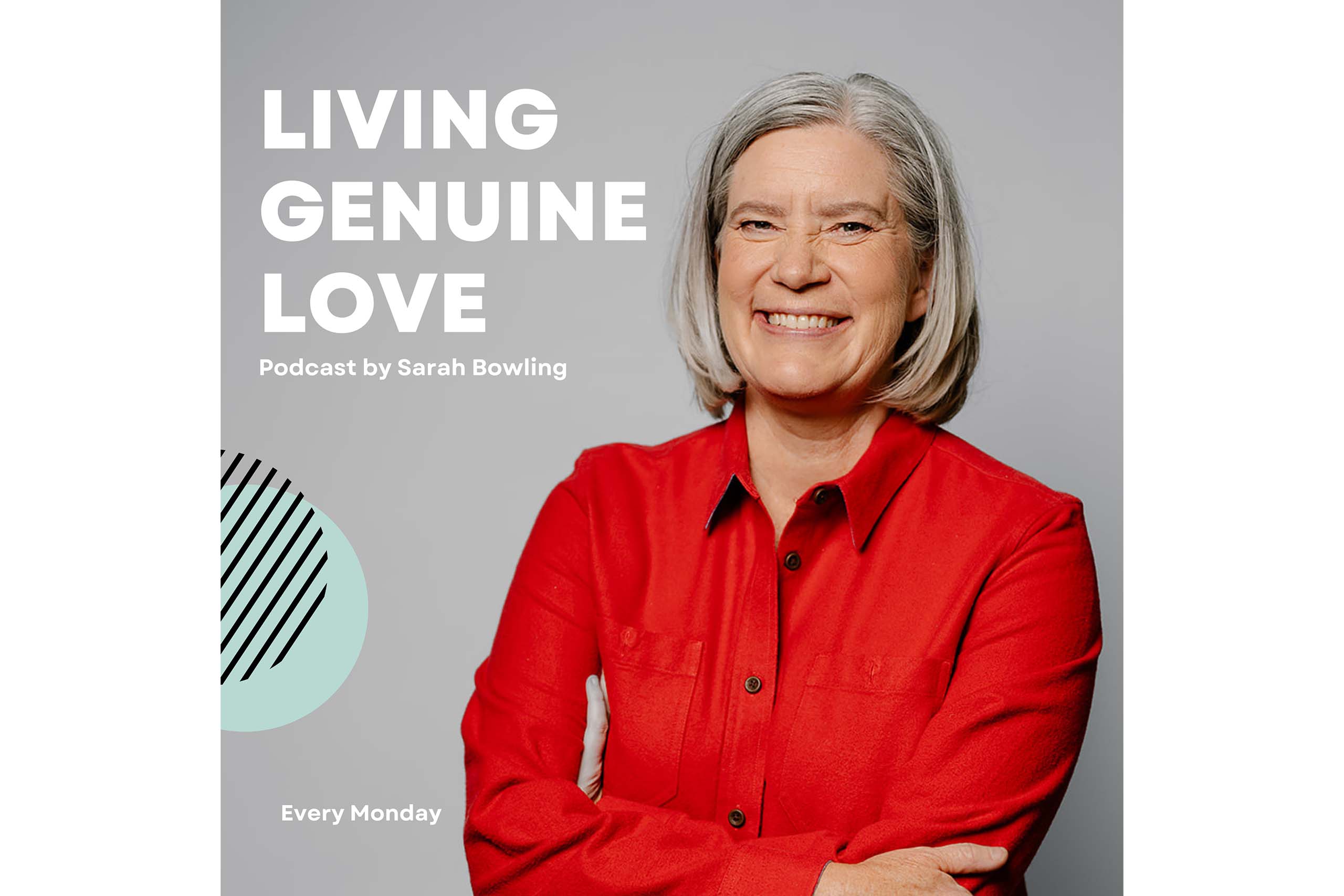I’ve just returned from a Saving Moses trip in Angola Africa, where we do malnutrition clinics for babies and toddlers. These trips can be really difficult. They’re difficult because of the long travel along with seeing babies, toddlers and their moms struggle to survive. To see a baby / toddler struggling to live, emaciated from malnutrition, lifeless, suffering and even hear a death rattle, is horrific. When you layer on the pain of a mom who is trying to keep her baby / toddler alive, it is gut wrenching.
Truth be told, I’ve been going to Angola for more than ten years and I’ve returned from these trips really shredded. However, this trip has been different, for some interesting reasons. For starters, my travel schedule to get to Angola wasn’t quite as intense as it’s been in the past. Due to COVID, there are fewer flights available and that forced me to slow down my flight schedule and have more pauses. Consequently, when I landed at one of our malnutrition clinics in Angola, I wasn’t already wasted from all of the flying and travel.
We also allowed for some extra days to visit our malnutrition clinics, so I wasn’t breathlessly running from one place to the next. It was nice to have some pause at each of the clinics, to really see a mom or grandma and hear the struggles to keep their baby / toddler alive.
As I think about this trip, I’m extremely grateful for the pauses that happened and maybe all the more because I didn’t plan for such breaks. I would suggest that Jesus was the expert scheduler and kept a masterful balance between His work and rest.
Consider that Jesus often retreated by Himself to a mountainside or more so a lonely place to pray and rejuvenate. Additionally, Jesus often did such pauses at very strategic times. Let’s look at a few such occasions:
- In Mark 6:30-32, Jesus modeled for His disciples the importance to recharge after giving out heaps in ministry.
- In Luke 6:12-13, we read about Jesus praying about the disciples, His closest followers. After a night of prayer, Jesus chose his 12 disciples.
- In Matthew 14:1-13, Jesus learned that John the Baptist had been beheaded. Jesus paused to grieve.
- When Jesus was in Gethsemane, in Luke 22:39-44, we read that he paused and made space to be in anguish, to ask His Father to take the cup of suffering from Him.
- In Luke 5:16, we read that Jesus often took a pause to retreat and pray.
When I think about Jesus’ human existence, I’m reminded that the time in which He lived didn’t have emails, text messaging, airplanes, highways, trains, cars, electricity, phones, etc. Compared to our modern existence, Jesus lived at a much slower pace. It took days to walk to various destinations and communication revolved around face-to-face conversations, often over a long meal and without rushing to the next appointment. I think that pauses in Jesus’ day were more the standard way of living. Maybe accomplishments and destinations were balanced by the time it took for such outcomes.
From looking at how Jesus lived His human life, let’s also appreciate that pauses can help us to live more wholly and fully. Additionally, don’t forget that the very first day of human existence, Adam’s first day of life, was God’s day of rest. God was busy creating for 6 days, with man being God’s ultimate creation. After creating man, God rested, and this day of rest was man’s first day of living. Let’s value pauses as an integral necessity for destinations and achievements.



